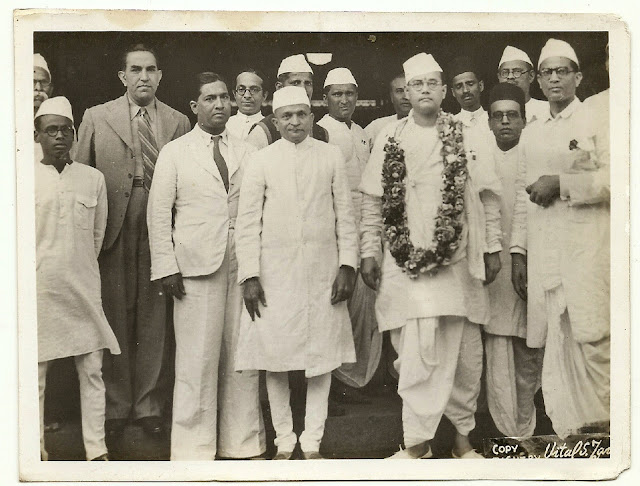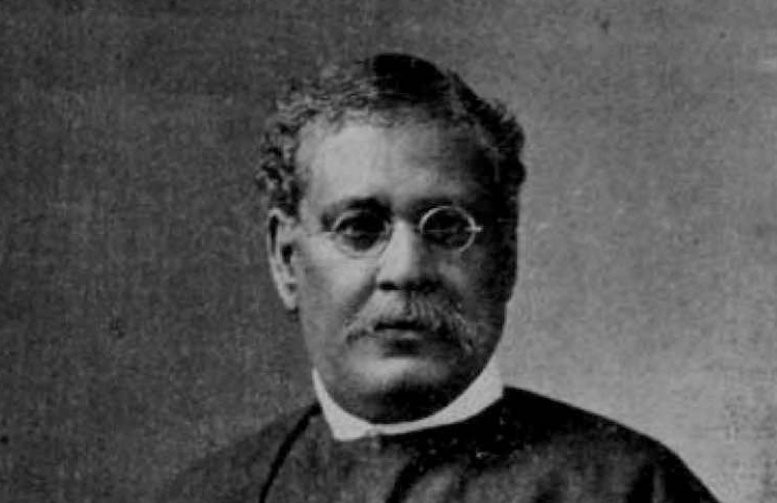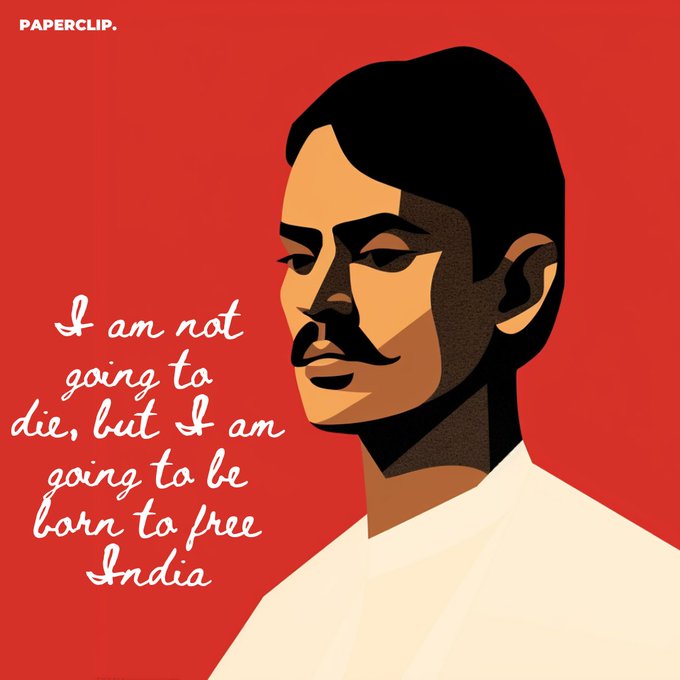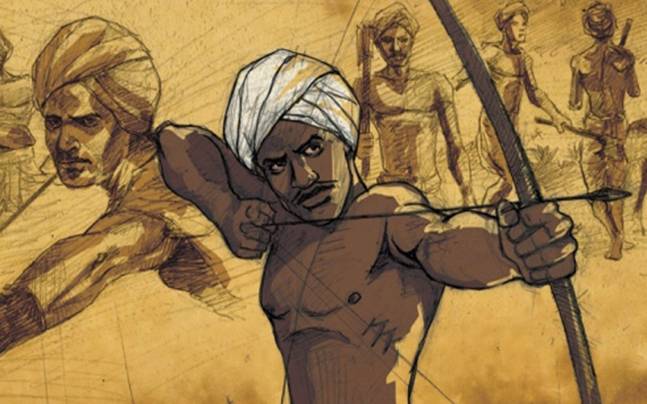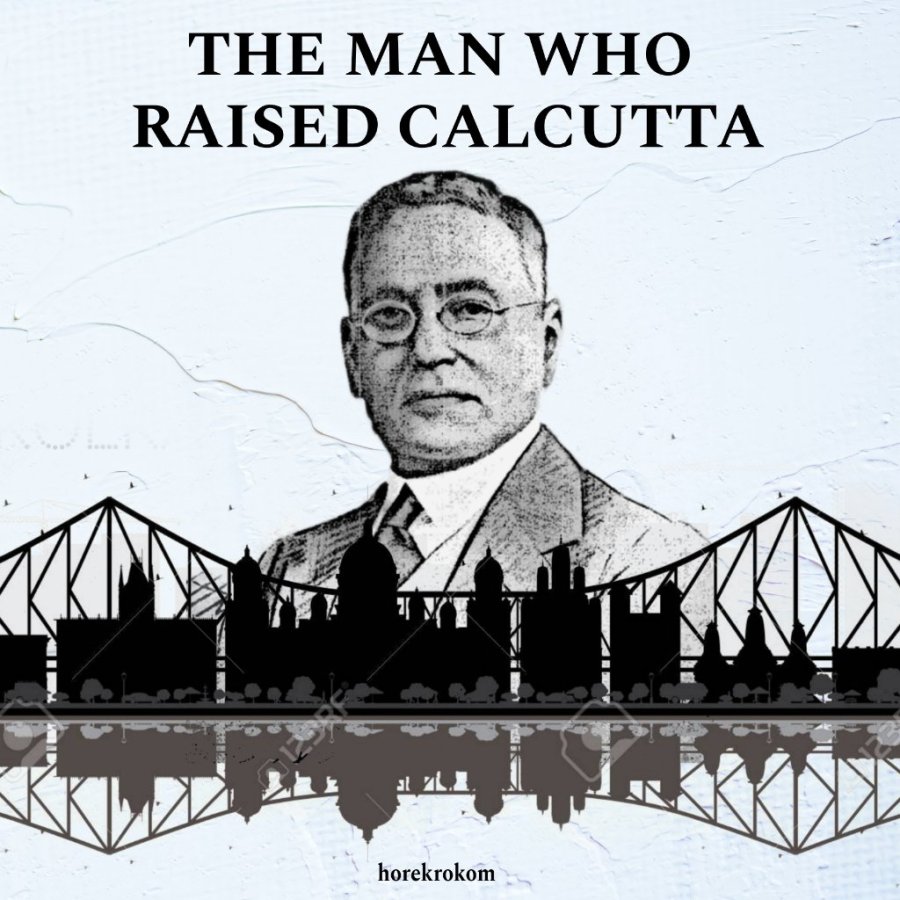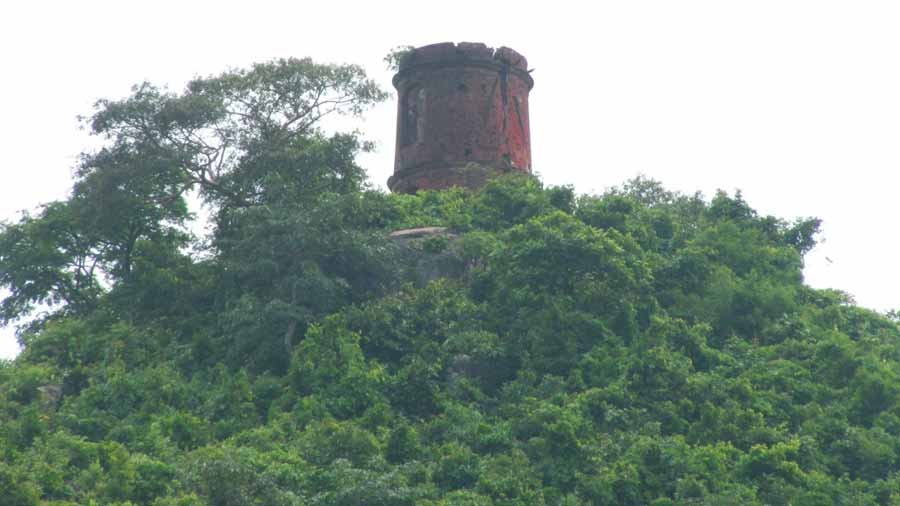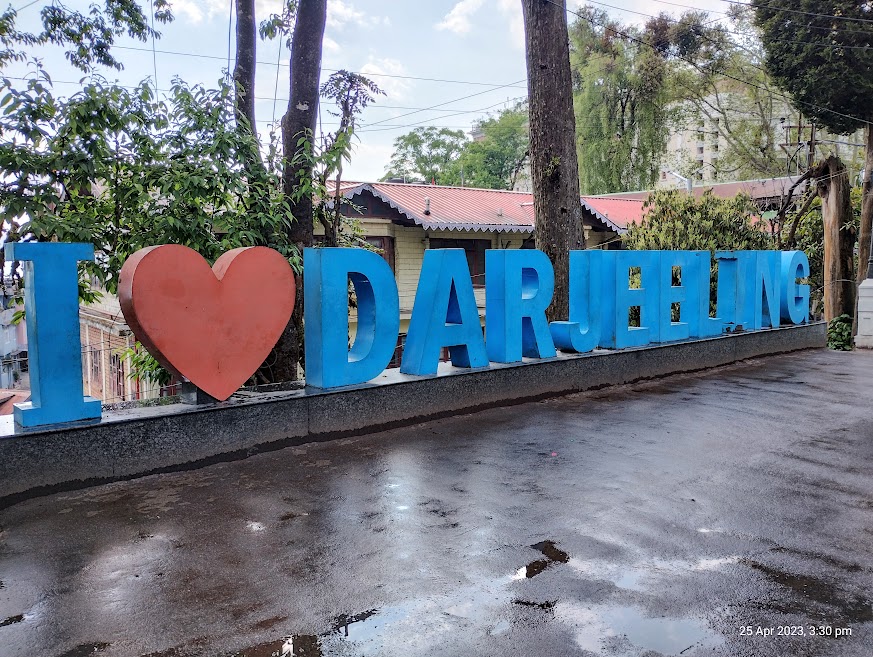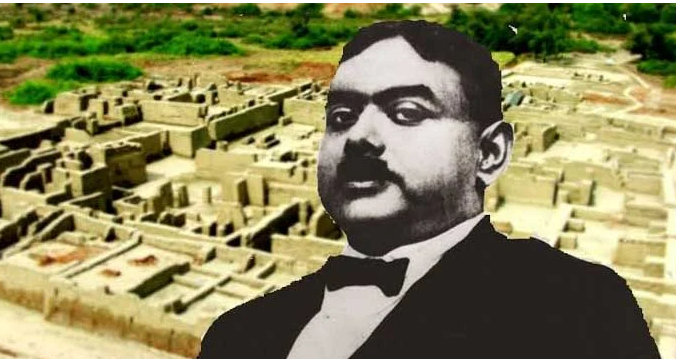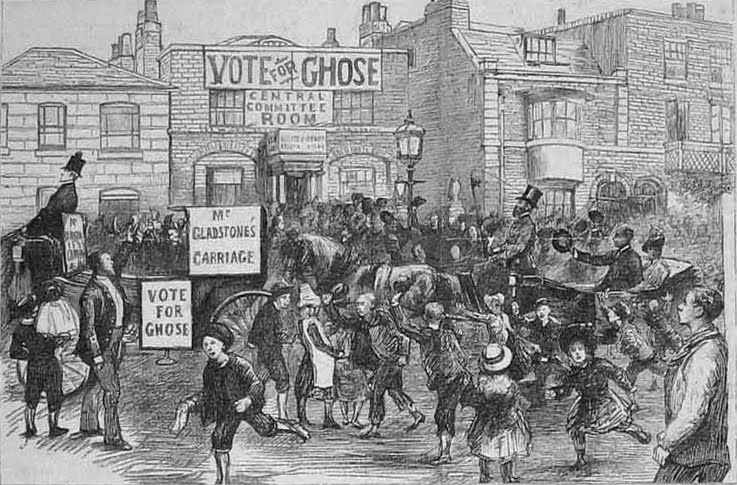On May Day, we honour the labour movement and Netaji Subhas Chandra Bose's contributions to workers' rights, including his role in the Tata Steel trade union. His advocacy and leadership secured fundamental rights for workers, reshaping India's industrial landscape. His legacy demonstrates the intersection of freedom struggle and labour movements, inspiring solidarity and social justice.
